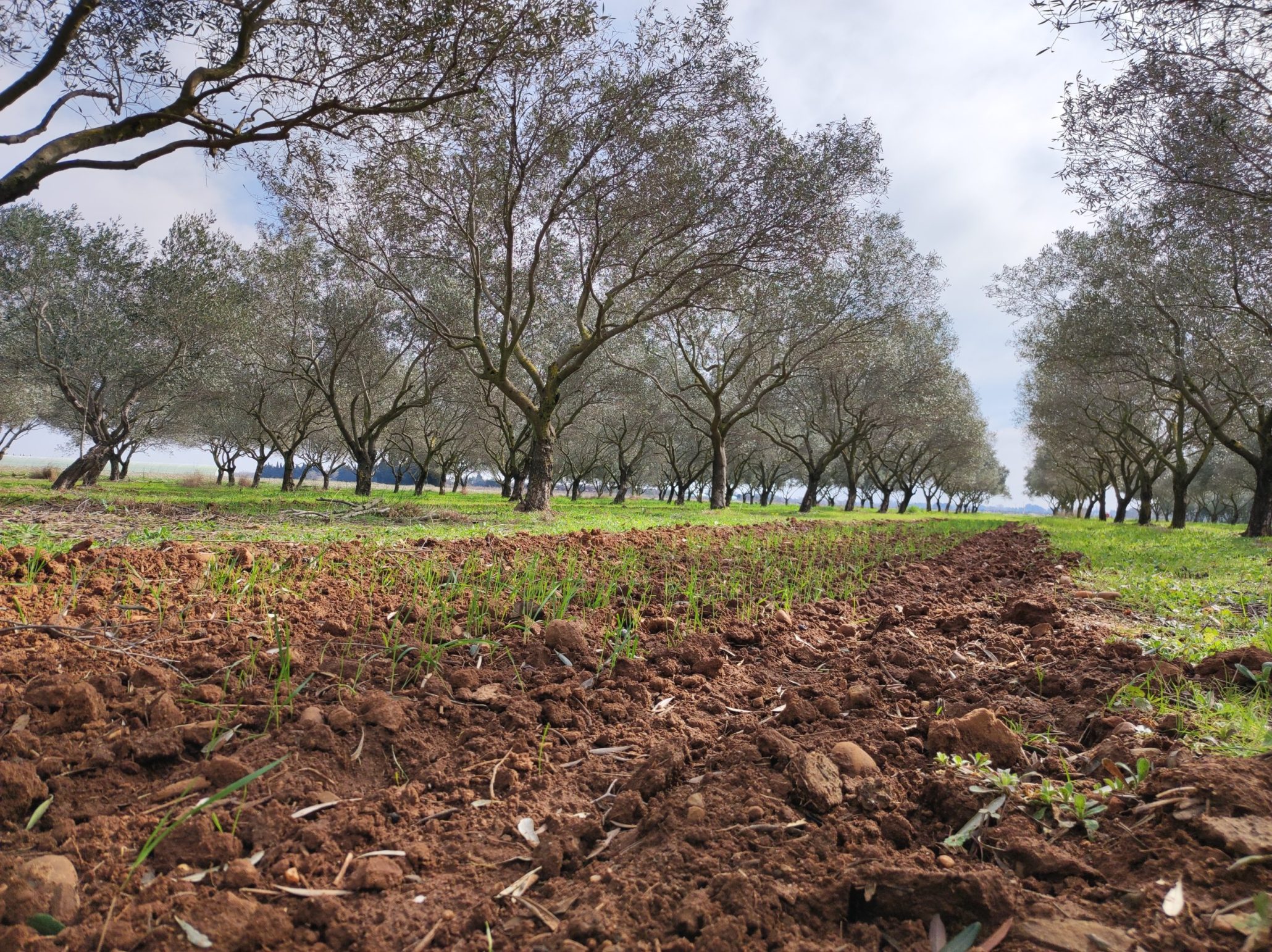Agroforestry: A Catalyst for Biodiversity Conservation and Sustainable Agriculture
The world today stands at a critical juncture, where the pressing challenges of food security, environmental degradation, and biodiversity loss demand innovative and holistic solutions. One such solution that has gained significant attention and recognition is agroforestry. Agroforestry, the practice of integrating trees and shrubs with agricultural crops and livestock, holds immense potential for simultaneously addressing these challenges and fostering a harmonious coexistence between humans and the natural world. This essay delves into the significance of agroforestry in promoting biodiversity, elucidating its multifaceted benefits and its pivotal role in shaping a sustainable future.
Biodiversity: The Fabric of Life
Biodiversity is the intricate tapestry of life on Earth, encompassing the myriad species of plants, animals, and microorganisms that coexist and interact within ecosystems. It plays a fundamental role in maintaining ecosystem health, resilience, and functionality. Biodiversity supports a wide range of ecosystem services, including pollination, nutrient cycling, pest regulation, and water purification. However, rampant land conversion, habitat destruction, and intensive monoculture agriculture have contributed to the alarming decline in global biodiversity. Agroforestry emerges as a potent ally in reversing this trend.
Agroforestry: A Sanctuary for Biodiversity
Agroforestry systems foster biodiversity by creating diverse and multifunctional landscapes. Unlike conventional monoculture farming, agroforestry promotes the coexistence of different plant species, including trees, shrubs, and crops, which provide a variety of habitats for wildlife. The spatial arrangement and vertical structure of agroforestry systems create distinct niches for various organisms, enhancing habitat complexity and encouraging the establishment of diverse communities. For instance, agroforestry systems can attract a diverse range of pollinators, including bees, butterflies, and birds, which are essential for crop production and ecosystem health.
Moreover, the presence of trees in agroforestry systems acts as “green bridges,” connecting fragmented habitats and enabling the movement of wildlife. This connectivity aids in gene flow, population dispersal, and species migration, ultimately contributing to the long-term viability of wildlife populations. By restoring and enhancing wildlife corridors, agroforestry helps counteract the adverse effects of habitat fragmentation and isolation, which are major drivers of biodiversity loss.
Synergistic Relationships: Biodiversity and Agroforestry
The symbiotic relationship between agroforestry and biodiversity goes beyond habitat provision. Biodiversity plays a pivotal role in enhancing the productivity and resilience of agroforestry systems. Diverse plant species contribute to improved nutrient cycling, soil fertility, and pest management. In agroforestry systems, the intricate web of interactions among different species creates a balance where beneficial organisms, such as predatory insects, thrive, effectively regulating pest populations and reducing the need for chemical inputs.
Furthermore, biodiversity within agroforestry systems offers inherent resilience against climate variability and extreme weather events. The presence of diverse plant species increases the system’s adaptability to changing conditions, reducing vulnerability to diseases, pests, and crop failures. In a world grappling with the uncertainties of climate change, the resilience fostered by agroforestry becomes a vital component of sustainable agriculture.
Cultural and Socioeconomic Impacts
Agroforestry not only contributes to ecological sustainability but also has profound cultural and socioeconomic implications. Many indigenous and traditional farming communities have practiced agroforestry for generations, integrating local knowledge and wisdom into their land management practices. By preserving and promoting these traditional systems, agroforestry supports cultural diversity and empowers local communities.
From a socioeconomic perspective, agroforestry can enhance rural livelihoods by diversifying income sources and providing additional products such as fruits, nuts, timber, and medicinal plants. This diversification reduces the economic risk associated with single-crop dependence and promotes economic stability. Furthermore, agroforestry can contribute to rural job creation through activities such as tree planting, maintenance, and value-added processing.
Conclusion
In conclusion, agroforestry stands as a beacon of hope in the quest for biodiversity conservation and sustainable agriculture. Its holistic approach to land use not only nurtures thriving ecosystems but also safeguards the intricate relationships that underpin the delicate balance of life on Earth. Agroforestry’s ability to create habitats, foster synergistic relationships, enhance resilience, and empower communities makes it an indispensable tool in our efforts to address the multifaceted challenges of the modern world.
As we navigate the complexities of a rapidly changing planet, agroforestry offers a blueprint for harmonizing human activities with nature’s intricate web. By embracing and scaling up agroforestry practices, we can embark on a journey toward a future where thriving biodiversity and sustainable agriculture coalesce, ensuring a legacy of abundance and resilience for generations to come.
